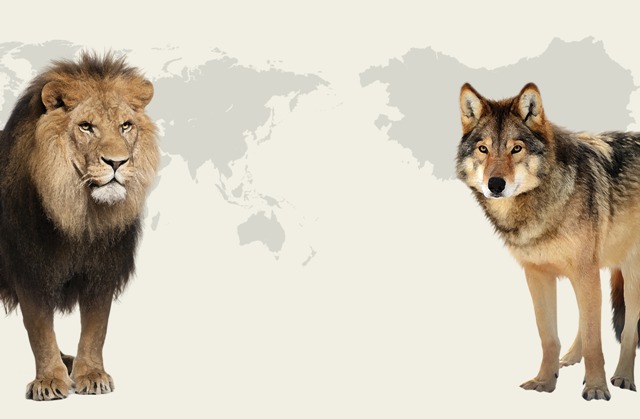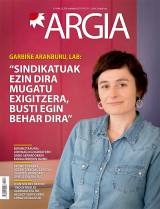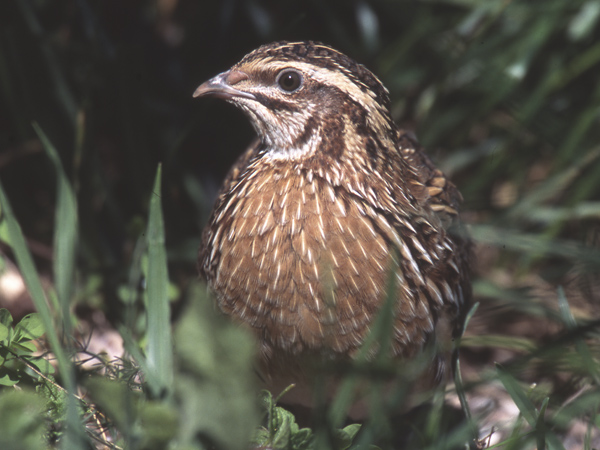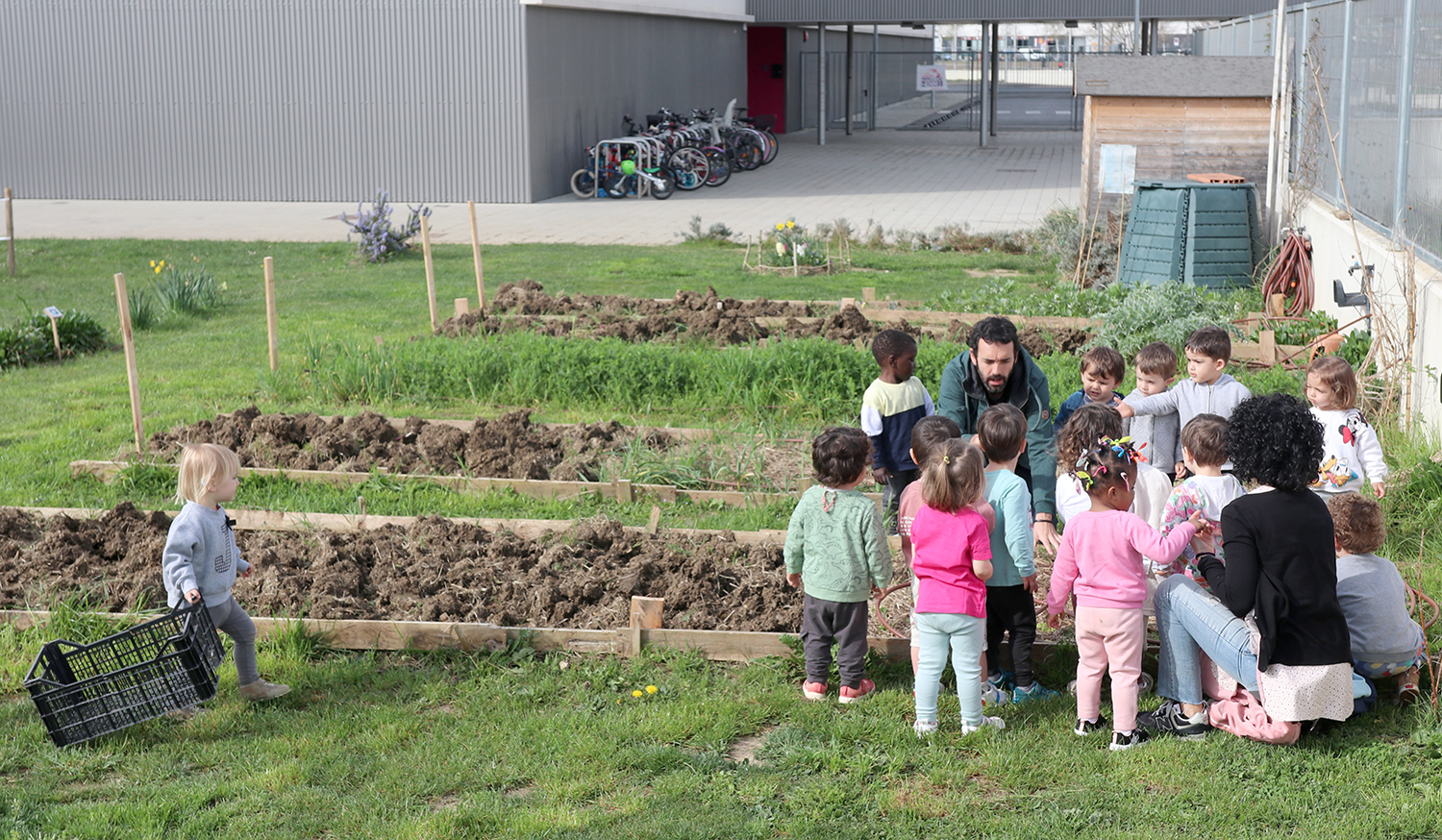Do children know the most common animals in the country?
- According to a study conducted by the University of Cambridge in 2002, UK Elementary School students knew more Pokemon characters than animals and plants around them. In the same year, in Switzerland, in the questionnaire addressed to 6,000 young people, only 6 animals from their environment were designated on average. In Costa Rica, students know more about the external plants than those around them. And in Euskal Herria, the students of the capitals know more animals from the savanna or from the rainforest than those from there.

As knowledge of nature in the world decreases from generation to generation, several studies warn that ignorance can directly affect the conservation of biodiversity and, therefore, the well-being of human beings. The way to deal with this is clear: education is the future. In this report we gather the results of the research that has been carried out among the students of the Basque Country.
The urbanization of society has meant the rupture of the girl-nature relationship
In the
twentieth century, the landscape of the Basque Country and, with it, our way of life have evolved enormously. From small towns and villages surrounded by nature, we have launched into a much more urban Basque country. This urbanization of society is taking place all over the world. So from living in nature and living in nature, we've spent a short time living without hardly any contact with nature.
Several studies at the global level indicate that living with little contact with nature has caused knowledge of the environment to decrease significantly in the new generations. For example, research carried out in Finland, the Baltic countries, Switzerland, South America and North America in the last two decades has come to the same conclusion: the population’s knowledge of nature is declining. This knowledge includes the identification of the most common animals, plants and fungi in our environment, the interpretation of different biological processes or the understanding of basic concepts of nature such as biodiversity.
Faced with this global problem, it is difficult to think that Euskal Herria is an island. But if there's no research, we can't guess the results either. Therefore, to the members of the work team, it seemed essential to create a line of research that allows measuring the knowledge that students have about native animals and knowing their opinion about nature. Therefore, during the years 2016-2017 the first research has been designed and carried out: About 1,000 students of 1st Compulsory Secondary Education (ESO) have completed a questionnaire in several schools in Euskal Herria. The results obtained in the study are presented below:

Knowledge of wild animals: What indigenous or foreign animals do our students have in their heads?
In the questionnaires, attended by more than 1,000 students, 9,540 wild animals have been declared, a total of 240 animal species. The surveyed animals include the allochthonos (57%) and the autochthonos (43%).
These results may be due to the lack of contact of current young people with nature, which causes less knowledge of the local fauna. On the other hand, many textbooks, children's books, cartoons and documentaries use allochthonous animals to explain different concepts, and according to a study carried out with LHo students in France, the internet and television constitute a great basis for the knowledge of species in today's urbanized society. However, technologies have reduced the direct experiences of children with nature. This trend can create problems for the future, as children can give priority to virtual species external to indigenous biodiversity.
Lion and wolf in front of each other
Among
the native and foreign species, the presence of some animals in the questionnaires (see table) stands out. Among the allochthonous species, for example, the “lion” and the “tiger” are the most designated, in line with the results of the study conducted among students from a rural area of Costa Rica. They are followed by the “elephant”, the “shark” and the “crocodile”. Among our animals, the best known is the “wolf”, followed by the “wild boar”, the “bear”, the “fox” and the “eagle”. Almost all the animals mentioned have a touch of “greatness” and “dangerous” that attracts young people. According to studies by Stokes worldwide and by Kellert in Iceland, the factors that influence the identification of species are the “aesthetic”, “cultural” and “similarity with the human being” reasons.
It is noteworthy, moreover, that there are two animals already almost disappeared in the Basque Country: “wolf” and “bear”. Undoubtedly, the strength of the symbolism of these species and their prominence in books and stories would also influence. Ask Red Riding Hood if not...
Small town, great local knowledge
A study conducted in the Amazon region of Bolivia concluded that knowledge of the environment is greater in small towns in rural areas. To find out if the same occurs in the Basque Country, the study participants were divided into five categories according to the number of inhabitants. In this way, it has been asked whether there has been any difference between the native animals and the foreign animals designated according to their origin: among the pupils of the capitals and those of the peoples of less than 5,000 inhabitants, the difference between the allochthonous animals and the autochthonous animals is statistically significant, in the small villages there is a greater knowledge of the indigenous species. There are no significant differences between the rest of the population.

Mammals dominate arthropod territory
Mammals account for 73% of all designated animals. It is followed by birds (9%), reptiles (8%) and fish (5%), adding both allochthonous and native animals. The last ones are the invertebrated animals, just 3 percent. So, among the top 20 species there are 17 mammals, one bird and two reptiles. Arthropods do not appear. Our results coincide with worldwide research in which mammals are the most known animals ahead of birds and arthropods or insects, although the latter are the most diverse group in our territory. In the territory of the bugs, mammals are the main dominant among students.
By comparing the taxonomic groups of species with the students' place of origin, we can observe some statistically significant trends. For example, students from smaller towns mention more reptiles than those from cities. In the case of arthropods, the opposite can be observed.
Finally, it is noteworthy that most of the species mentioned are temperate forests (39%), but also savanna animals (30%) have a great presence in the concept of “wild animals” of our young students. In this case too, it is significant that small towns are more aware of temperate forest animals than those in the capitals. Those in the capitals, for their part, mention more animals from the savanna and the tropical rainforest.
Our students are interested in animals and plants
Asked about their interest in the different animals and plants present in nature (see table), 51% of the students declare to have a high or very high interest. The small or very small, however, only 9%. This shows that, through different research, children and young people have a natural interest in nature. According to the studies, however, as age progresses, the attachment to nature decreases. Therefore, the sooner the better to start working on nature issues.
Animals or plants, when asked about who they are most interested in, are the ones that mostly opt for animals (76%) and for plants and animals (17%). Only 3% show interest in plants. This shows that what many publications have already affirmed worldwide is also found in the Basque Country: Plant blindness or blindness is evident among our students.
New teaching unit: We are zoologists!
The
authors of this study have designed a didactic unit that can be implemented in all schools as a test to increase the knowledge of nature and have evaluated its application and effectiveness with 60 students from the 1st of the ESO of Colegio El Pilar de Irun.
Thanks to the didactic unit, in addition to offering the main contents of the “Theme of vertebrates” contained in the contents of DBH1, the knowledge of indigenous species among students has been enhanced, as well as the ways of life, places of residence and the risks of these species.
The results obtained show that the unit has served to turn the balance that existed between native and foreign species. The percentage of allochthonous species designated by the students before the completion of the unit was 62%. The indigenous population is 38%. After the end of the unit, the number of autochthonos increased to 57 per cent, to the detriment of allochthonites (42 per cent). However, the data are as important as the fact that, after the unit, the students have stated that their interest in native animals has increased and that they are more willing to participate in nature conservation and in actions in favor of it.
For
our biodiversity, what can we do in schools?
As Unesco pointed out in 2012 or as mentioned in the 2009 Convention of Biological Diversity, the conservation of biodiversity involves the involvement and participation of the educational world.
Studies carried out in different European countries conclude that, in addition to students, those who are in the process of becoming teachers and those who are currently teachers also have little knowledge of the indigenous fauna and flora. In the study conducted in Northern Europe, knowledge of common species among teachers is very low (only 3% knew all the common species in their environment) and in the last 20 years knowledge among teachers has been greatly reduced.
However, it is noteworthy that in these same research, in addition to considering “biodiversity” as a very important concept, the faculty also sees the need for training for them. The identification and knowledge of the most common indigenous species among professional teachers is one of the keys to understanding and learning ecological phenomena and biodiversity.
Also in the Basque Country, basic and continuous training for teachers related to the knowledge of indigenous fauna and flora, and of biodiversity in general, can be the first step towards the future. In fact, knowledge of biodiversity and its conservation is a basic path to sustainability. Education can play a very important role in training and educating our students on issues of biodiversity and sustainable development in domestic environments: ecosystems, fauna, flora, microorganisms and in general.
WHY IT IS IMPORTANT TO KNOW BIODIVERSITY
OR BIODIVERSITY is formed by the variations and variations of genes, species and ecosystems present on our planet, as well as by the relationships that are established between them. Biodiversity itself brings incalculable benefits to humans, the so-called ecosystem services: food, water, pollination, neutralisation of certain toxic waste, as well as the very oxygen we breathe, are directly related to the diversity of ecosystems, biodiversity. Several studies conducted since the 1980s conclude that human well-being is directly related to biodiversity.
However, an experience in Kenya shows us that words such as “biodiversity” or “sustainable development” taught to today’s students in school are totally abstract, due to the few experiences they have in contact with nature, as these two concepts are far from their day to day. If children do not have contact with nature, how are they going to know the richness of the fauna and flora that surrounds them?In this sense, a study carried out in Switzerland
has generated concern, since 60% of young people say they have never heard of "biodiversity". For many experts, the connection of knowledge of biodiversity with the sustainable development of the future and the well-being of the human being makes it essential to transmit related concepts. They also indicate the best place for such transmission: educación.Las experiences within the school to work on biodiversity can have a positive impact, according to the study published in
2006 in The Journal of Environmental Education, for example, giving more than 7.5 hours to students aged 13 to 14 years. However, most studies agree that the best method for knowledge of nature in general and of local fauna in particular is to experience nature from an early age. The most appropriate method is to promote contact with nature and to have correct extra-curricular experiences.
According to a study carried out in Sweden, these experiences make biodiversity look positive and the knowledge of animals and plants and most of the ideas about their life cycle and biology become much simpler. In fact, biodiversity cannot be understood without a basic knowledge of the identification of animals and their biology. Students who do not know indigenous species will hardly be able to understand what biodiversity is and will keep something they do not know with difficulty. Therefore, it is essential that the current student body, which will manage the Basque Country in the future, possess a level of identification and basic knowledge of the native species, both for the conservation of the biodiversity of the Basque Country and for the well-being of the human being.
About 1,000 students from 1st
Compulsory Secondary Education (ESO) have completed a questionnaire in different schools in the Basque Country. Given that according to the 1st ESO curriculum students should have this knowledge and have the autonomy to correctly answer the questionnaire, they are an adequate sample to be able to carry out the research. The research has been divided into three main branches:
1. Knowledge of wild animals. Students are asked to designate 10 wild animals that know and analyse information about the animals that list them: the place of origin of the species, the biome and the taxonomic classification. These results have been compared with the number of inhabitants of the student's origin locality to see if the measure of the people influences knowledge.
2nd Interest in nature and animals. Several questions have been closed to learn about the students' interest in animals and nature and information related to nature conservation.
3. Design of a new Teaching Unit. Using the theme of the “vertebrate animals” of the 1st ESO, the didactic unit was carried out, fulfilling the objectives of the curriculum and providing all the contents corresponding to the theme. The methodology of “problem-based learning” was used, and students had to respond to a “real problem” that had been placed on them. The context was as follows: “You are a group of zoologists who research animals and you have to give a talk at a congress about a particular animal.” Working in cooperative groups, each student had to give a talk about a specific vertebrate animal, using technologies. They collected the prepared presentations and used them as notes to learn and be able to perform the subsequent exam.






















